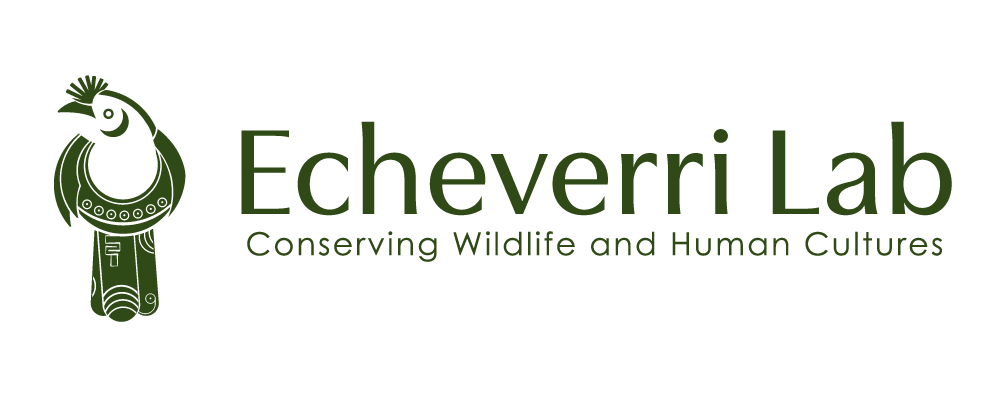Research

Coupled Human-Natural Systems
- Echeverri, Smith. et al. (2022). Biodiversity and infrastructure interact to drive tourism to and within Costa Rica. PNAS.
- Echeverri, et al. (2021). Avian cultural services peak in tropical wet forests. Conservation Letters
- Echeverri, et al. (2020). Can avian functional traits predict cultural ecosystem services? People and Nature
Smith, Taylor, Echeverri, et al. (2021). - Big wheel keep on turnin': Linking grower attitudes, farm management, and delivery of avian ecosystem services. Biological Conservation
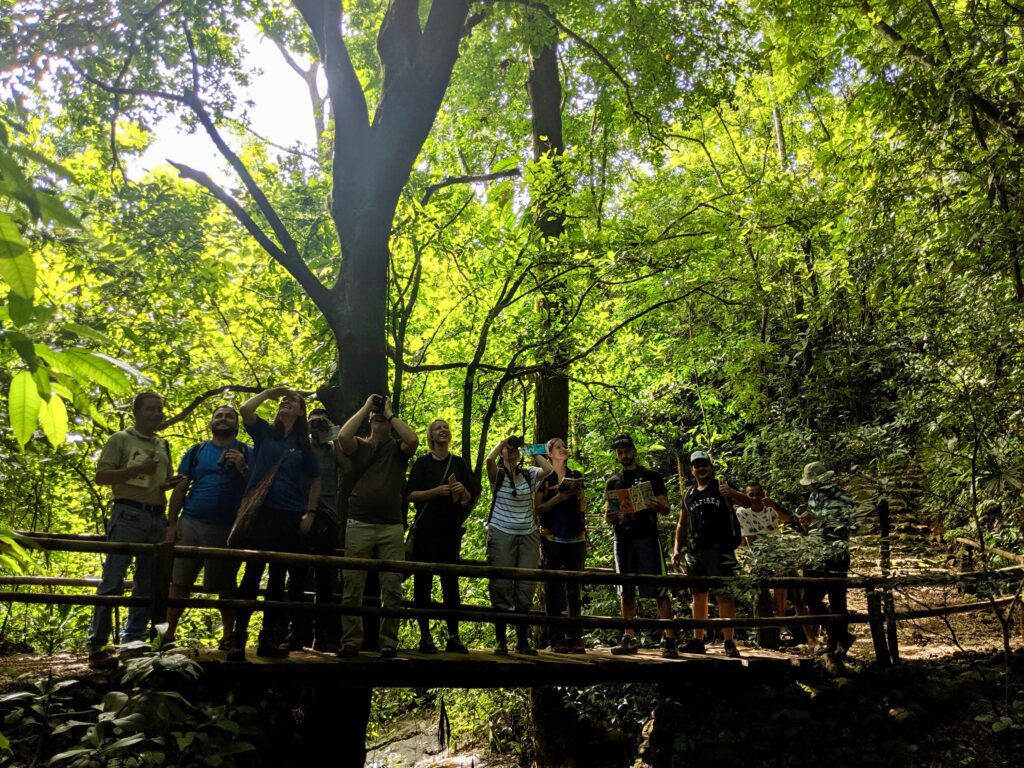
Coupled Human-Natural Systems
- Echeverri, Smith. et al. (2022). Biodiversity and infrastructure interact to drive tourism to and within Costa Rica. PNAS.
- Echeverri, et al. (2021). Avian cultural services peak in tropical wet forests. Conservation Letters
- Echeverri, et al. (2020). Can avian functional traits predict cultural ecosystem services? People and Nature
Smith, Taylor, Echeverri, et al. (2021). - Big wheel keep on turnin': Linking grower attitudes, farm management, and delivery of avian ecosystem services. Biological Conservation

Biodiversity and environmental change
- Echeverri, et al. (2019). Precipitation and tree cover gradients structure avian alpha diversity in North-western Costa Rica. Diversity and Distributions.
- Karp, Frishkoff, Echeverri, et al. (2018). Agriculture erases climate-driven ß-diversity in Neotropical bird communities. Global Change Biology.
- Frishkoff, Echeverri, et al. (2018). Do correlated responses to multiple environmental changes exacerbate or mitigate species loss? Oikos
Karp, Echeverri, et al.
(2019). - Remnant forest in Costa Rican working landscapes fosters bird communities that are indistinguishable from protected areas. Journal of Applied Ecology
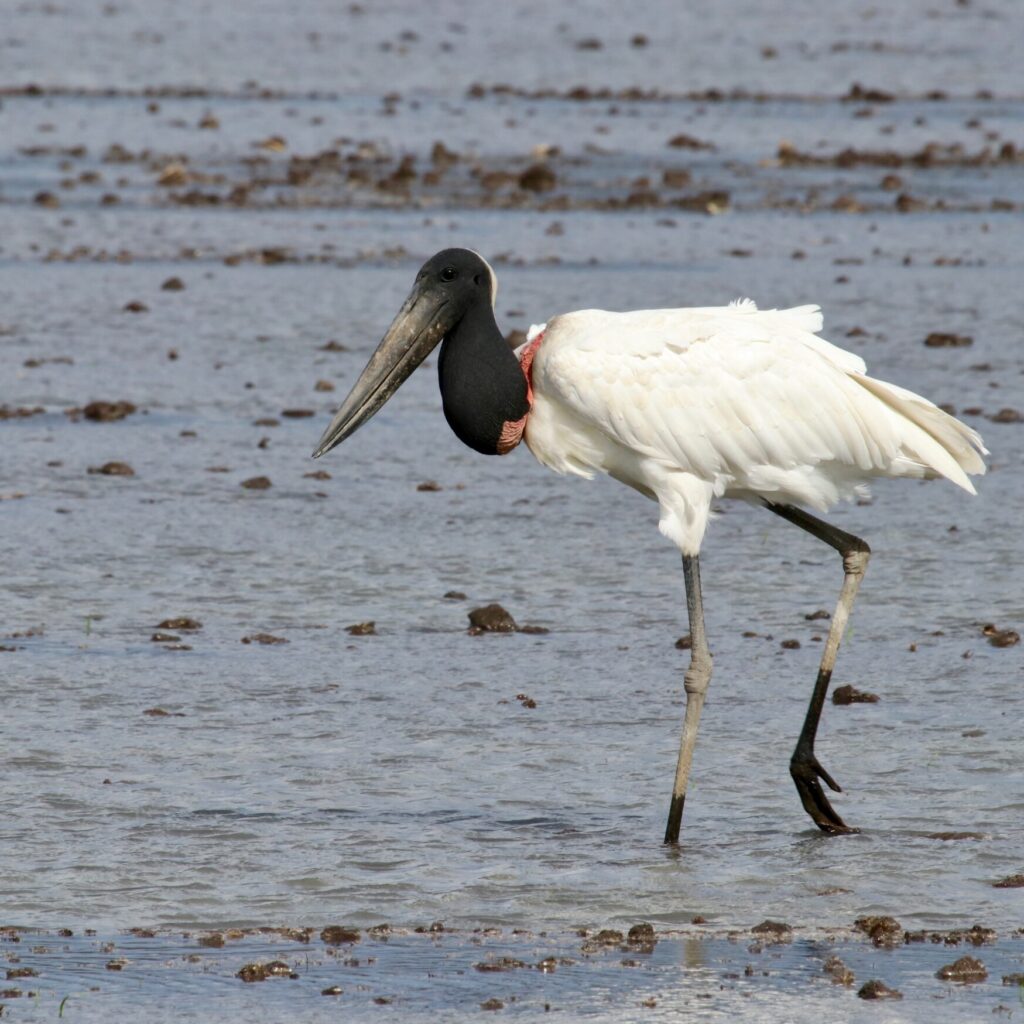
Biodiversity and environmental change
- Echeverri, et al. (2019). Precipitation and tree cover gradients structure avian alpha diversity in North-western Costa Rica. Diversity and Distributions.
- Karp, Frishkoff, Echeverri, et al. (2018). Agriculture erases climate-driven ß-diversity in Neotropical bird communities. Global Change Biology.
- Frishkoff, Echeverri, et al. (2018). Do correlated responses to multiple environmental changes exacerbate or mitigate species loss? Oikos
Karp, Echeverri, et al.
(2019). - Remnant forest in Costa Rican working landscapes fosters bird communities that are indistinguishable from protected areas. Journal of Applied Ecology

Human dimensions of wildlife
People can help halt biodiversity loss by donating to conservation programs and by advocating for policies that help promote the protection of biodiversity.
Our research in this area has explored people’s motivations, perceptions, and attitudes towards wildlife. Answering: what motivates people to donate to conservation of species and ecosystems? Can we use persuasive communication to increase conservation-motivated actions? And, are games effective tools to raise awareness on biodiversity?
We have also studied the factors that shape people’s attitudes towards wildlife, such as culture and history, and have collaborated with scholars in various fields (English, Psychology, Anthropology) to explore the human dimensions of wildlife.
Photo by: Juan Camilo Mora
Echeverri, et al. (2017). How messaging shapes attitudes toward sea otters as a species at risk. Journal of Human Dimensions of Wildlife.
Echeverri, et al. (2018). Approaching human-animal relationships from multiple angles: A synthetic perspective. Biological Conservation
Dinat, Echeverri, et al. (2019). Eco-xenophobia among rural populations: The Great-tailed Grackle as a contested species in Guanacaste, Costa Rica. Journal of Human Dimensions of Wildlife.
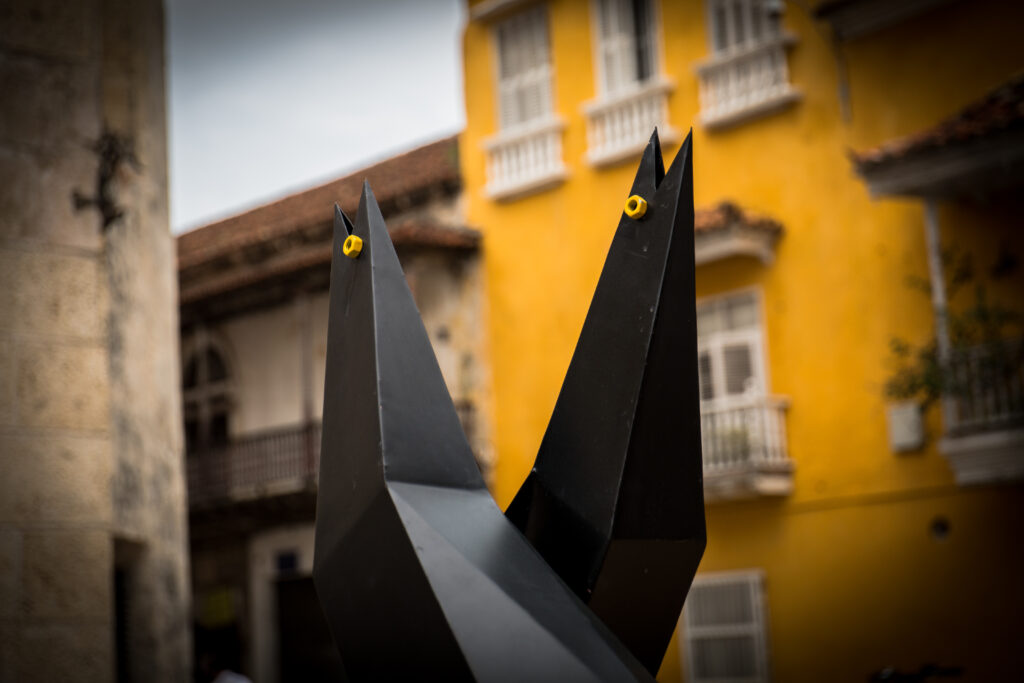
Human dimensions of wildlife
People can help halt biodiversity loss by donating to conservation programs and by advocating for policies that help promote the protection of biodiversity.
Our research in this area has explored people’s motivations, perceptions, and attitudes towards wildlife. Answering: what motivates people to donate to conservation of species and ecosystems? Can we use persuasive communication to increase conservation-motivated actions? And, are games effective tools to raise awareness on biodiversity?
We have also studied the factors that shape people’s attitudes towards wildlife, such as culture and history, and have collaborated with scholars in various fields (English, Psychology, Anthropology) to explore the human dimensions of wildlife.
Photo by: Juan Camilo Mora
Echeverri, et al. (2017). How messaging shapes attitudes toward sea otters as a species at risk. Journal of Human Dimensions of Wildlife.
Echeverri, et al. (2018). Approaching human-animal relationships from multiple angles: A synthetic perspective. Biological Conservation
Dinat, Echeverri, et al. (2019). Eco-xenophobia among rural populations: The Great-tailed Grackle as a contested species in Guanacaste, Costa Rica. Journal of Human Dimensions of Wildlife.

Biocultural diversity in Colombia
Several developing countries, including Colombia, are betting on tourism as the sector that brings the most opportunities for sustainable development, building upon its biodiversity and rich cultural heritage.
We are working with local governments and communities, characterizing and assessing options with a multidisciplinary team of academics and practitioners, and inspiring with a clear basis for planning and achieving a future that conserves, celebrates, and supports livelihoods and a tourism economy based on the richness of nature and culture. We are answering applied questions such as: where are the places with the highest potential for birdwatching and other wildlife viewing? Where are the places with the highest potential for cultural experiences of different sorts? Where and how do these opportunities coincide? Can we develop a metric for biocultural diversity that maps both culture and biodiversity?

Biocultural diversity in Colombia
Several developing countries, including Colombia, are betting on tourism as the sector that brings the most opportunities for sustainable development, building upon its biodiversity and rich cultural heritage.
We are working with local governments and communities, characterizing and assessing options with a multidisciplinary team of academics and practitioners, and inspiring with a clear basis for planning and achieving a future that conserves, celebrates, and supports livelihoods and a tourism economy based on the richness of nature and culture. We are answering applied questions such as: where are the places with the highest potential for birdwatching and other wildlife viewing? Where are the places with the highest potential for cultural experiences of different sorts? Where and how do these opportunities coincide? Can we develop a metric for biocultural diversity that maps both culture and biodiversity?

CONVEI- Collaborative Network for Valuing Earth Information

CONVEI- Collaborative Network for Valuing Earth Information

